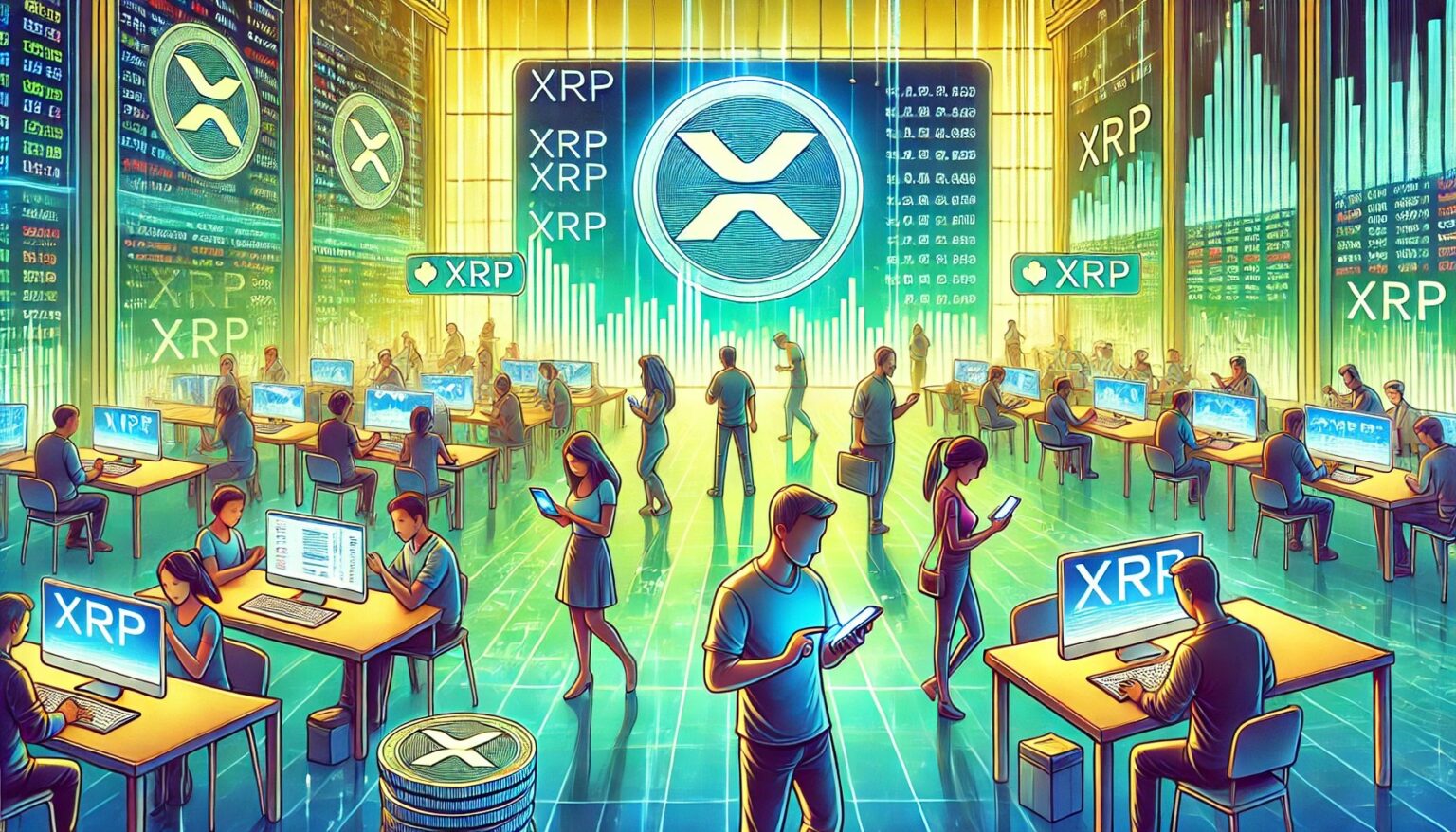In the ever-evolving world of cryptocurrency, the potential of blockchain technologies continues to capture the imagination of investors and tech enthusiasts alike. Ripple’s XRP Ledger frequently leads discussions due to its ambitious vision of reshaping institutional finance. As Ripple seeks to establish itself as a competitor to traditional systems like SWIFT, which manage trillions in transactions annually, significant milestones yet remain. Recent insights from Ripple’s leadership highlight the intricate path that the XRP Ledger must navigate to reach widespread institutional adoption.
Understanding Ripple’s XRP Ledger and Its Path to Revolutionizing Finance
The Evolution and Strategic Developments of the XRP Ledger
A recent discourse facilitated by a well-regarded XRP Validator with Ripple CEO Brad Garlinghouse shed light on the strategic focus of the company. Centered around privacy, Garlinghouse emphasized that achieving institutional trust in public ledgers is crucial, particularly for entities conducting high-value transactions. This need for discretion has steered Ripple towards enhancing privacy features on the XRP Ledger.
To address these requirements, Ripple has initiated notable innovations. These include the integration of Decentralized Identifiers (DIDs) and Credentials, as well as planning the launch of Permissioned Decentralized Exchanges and Domains. The company’s introduction of Multi-Purpose Tokens (MPTs) on the XRP Ledger further underscores its commitment to dominating asset tokenization, thereby simplifying complex asset management on its platform.
Charting the Course Toward Institutional Integration
Despite the strides made, essential components such as privacy assurances, lending, and borrowing capabilities are still under development. The anticipated XLS-66 launch is expected to address these gaps significantly. By utilizing ZK-Rollups, a privacy-preserving technology, Ripple aims to provide a transparent transaction verification process while ensuring computational privacy. This initiative facilitates compliance with Know Your Customer (KYC) and Anti-Money Laundering (AML) regulations and supports the secure management of real-world collateral for institutional borrowing.
Moreover, the potential implementation of XLS-101 smart contracts represents a pivotal advancement. These smart contracts could serve as the infrastructural backbone, harmonizing various functionalities and enhancing network security.
Is Fantom (FTM) a good long-term investment?
Fantom (FTM) has garnered attention due to its high scalability and low transaction costs. Investors should, however, consider market trends, technological developments, and Fantom’s competitive positioning within the blockchain space before committing to a long-term investment.
How does Ripple’s XRP Ledger differ from traditional financial systems like SWIFT?
The XRP Ledger offers a decentralized network that enables faster and more transparent transactions compared to traditional systems like SWIFT. While SWIFT facilitates bank communication and transaction messages, the XRP Ledger allows direct asset exchanges and settlements with minimal transaction fees, fostering greater efficiency.
What role does privacy play in the institutional adoption of blockchain technologies?
Privacy is a critical factor for institutions considering blockchain adoption, as it ensures secure transaction handling without compromising sensitive financial data. Enhancements in privacy enable institutions to meet regulatory requirements while preserving the confidentiality of their transactions.
This comprehensive guide examines the transformative potential of Ripple’s XRP Ledger, exploring its innovative technology and strategic market position. The FAQs provide additional clarity, assisting readers in making informed decisions regarding involvement in this dynamic space.

